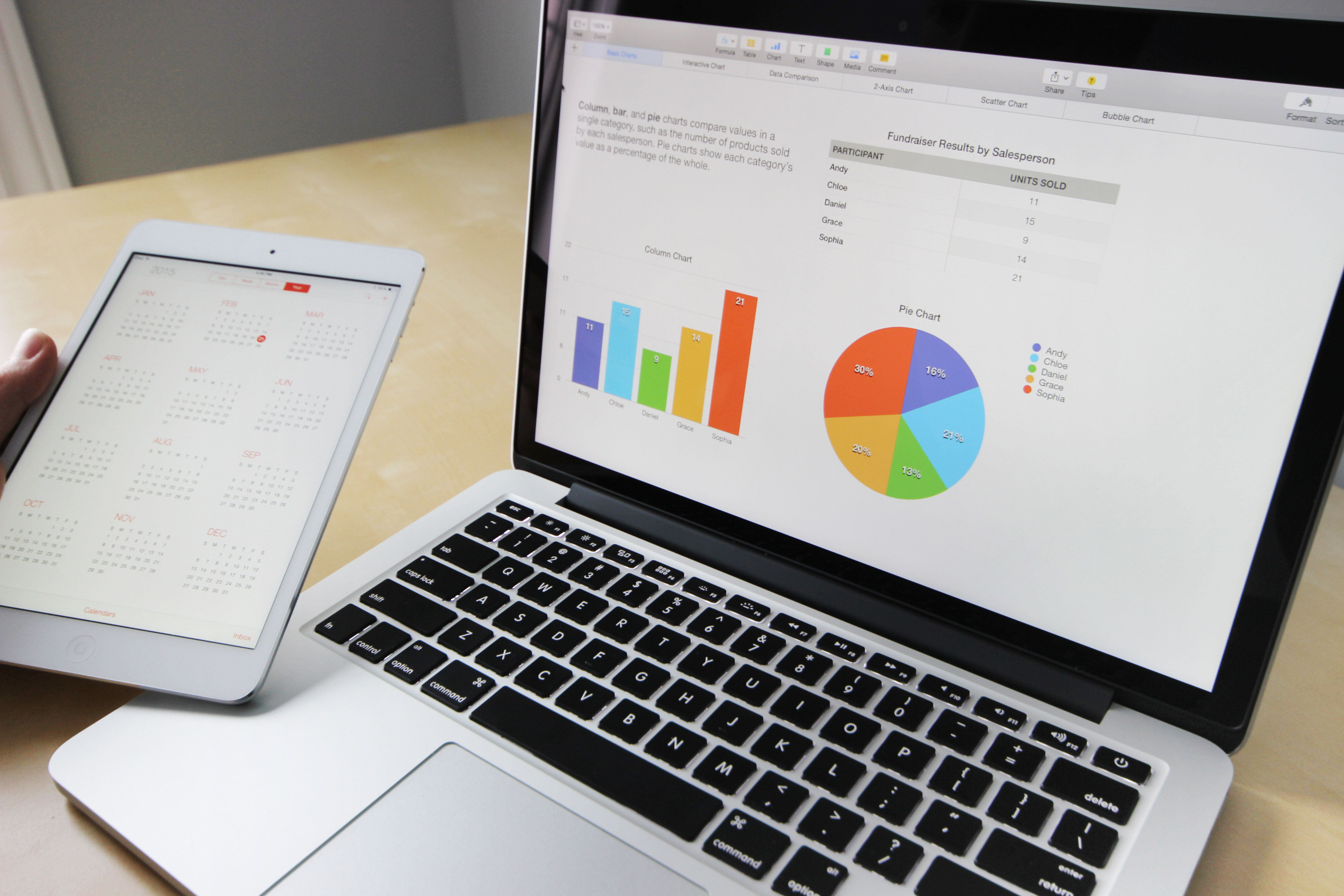 Case-Shiller’s National Home Price Index indicated slower home price growth in April. Year-over-year, home prices rose 5.50 percent in April as compared to 5.60 percent in March. Year-over-year readings are calculated on a seasonally-adjusted annual basis.
Case-Shiller’s National Home Price Index indicated slower home price growth in April. Year-over-year, home prices rose 5.50 percent in April as compared to 5.60 percent in March. Year-over-year readings are calculated on a seasonally-adjusted annual basis.
Case-Shiller’s 20 City Home Price Index was also lower with a seasonally-adjusted year-over-year reading of 5.70 percent gain in April as compared to the year-over-year March reading of 5.90 percent. Seattle, Washington held on to its lead for home price growth with a year-over-year reading of 12.90 percent; Portland Oregon followed with a year-over-year reading of 9.30 percent, and Dallas, Texas maintained third place in the 20-City Home Price Index with a year-over-year reading of 8.40 percent.
Month–to–Month Home Prices Rise in 19 of 20 Cities
Seattle also led in home price growth with a rate of 2.60 percent from March to April. Portland followed with home price growth of 1.60 percent, and Denver, Colorado reported month-to-month home price growth of 1.30 percent, which edged Dallas Texas out of third place in month-to-month home price growth rates.
Analysts have been watching housing markets carefully due to a prolonged shortage of homes for sale against high demand for homes in many areas. David M. Blitzer, Chair and Managing Director of the S&P Indices Committee, noted that skyrocketing growth in home prices must slow and eventually decline. During a press conference, he asked,” Will home price gains gently slow, or will they crash and take the rest of the economy with them?”
Analysts questioned how long home prices can continue to grow and remain sustainable. Affordability is a significant aspect of home price growth as first-time and moderate-income home buyers provide opportunities for present homeowners to sell and move up to larger homes. Mr. Blitzer eased fears of an imminent housing market crash and said, “For the moment, conditions appear favorable for avoiding a crash.”
Mr. Blitzer said that more housing starts and an expected increase in home buyers were positive signs for sustaining current home prices. Upcoming readings on consumer confidence and sentiment, new home sales and mortgage rates will support estimates of when and how much home prices will continue to increase.

 According to the Case-Shiller National Home Price Index, February home prices grew at their fastest pace in three years. While home prices have steadily grown in recent months, growth rates slowed in many areas month-to-month; the escalation of home prices from January to February indicates stronger housing markets. National home prices increased by 0.20 percent in February to a seasonally-adjusted annual rate of 5.80 percent appreciation.
According to the Case-Shiller National Home Price Index, February home prices grew at their fastest pace in three years. While home prices have steadily grown in recent months, growth rates slowed in many areas month-to-month; the escalation of home prices from January to February indicates stronger housing markets. National home prices increased by 0.20 percent in February to a seasonally-adjusted annual rate of 5.80 percent appreciation. December home prices continued to rise per December readings for Case-Shiller’s National and 20-City Home Price Indices. On average, national home prices increased by 5,80 percent year-over-year and exceeded November’s year-over-year reading of 5.60 percent. The 20 City Index, which analysts follow more closely than the National Home Price Index, posted a year-over-year gain of 5.60 percent in December, which exceeded an expected reading of 5.40 percent and November’s year-over-year reading of 5.20 percent growth.
December home prices continued to rise per December readings for Case-Shiller’s National and 20-City Home Price Indices. On average, national home prices increased by 5,80 percent year-over-year and exceeded November’s year-over-year reading of 5.60 percent. The 20 City Index, which analysts follow more closely than the National Home Price Index, posted a year-over-year gain of 5.60 percent in December, which exceeded an expected reading of 5.40 percent and November’s year-over-year reading of 5.20 percent growth. January’s National Association of Home Builders Housing Market Index dipped two points from December’s revised reading of 69 to 67; the index reading forecast for January was also 69.Analysts said that January’s reading was the second highest (after December 2016) since the peak of the housing bubble in 2005. January’s dip in builder sentiment was attributed to easing of builder enthusiasm, which spiked right after the U.S. presidential election. To put January’s home builder confidence reading in context, NAHB says that any index reading over 50 indicates that more builders than fewer have confidence in housing market conditions.
January’s National Association of Home Builders Housing Market Index dipped two points from December’s revised reading of 69 to 67; the index reading forecast for January was also 69.Analysts said that January’s reading was the second highest (after December 2016) since the peak of the housing bubble in 2005. January’s dip in builder sentiment was attributed to easing of builder enthusiasm, which spiked right after the U.S. presidential election. To put January’s home builder confidence reading in context, NAHB says that any index reading over 50 indicates that more builders than fewer have confidence in housing market conditions. Last week’s economic releases included reports on new and pending home sales, S&P Case-Shiller Home Price Indices and regularly scheduled weekly reporting on mortgage rates and weekly jobless claims. Readings on consumer sentiment and confidence were also released.
Last week’s economic releases included reports on new and pending home sales, S&P Case-Shiller Home Price Indices and regularly scheduled weekly reporting on mortgage rates and weekly jobless claims. Readings on consumer sentiment and confidence were also released.